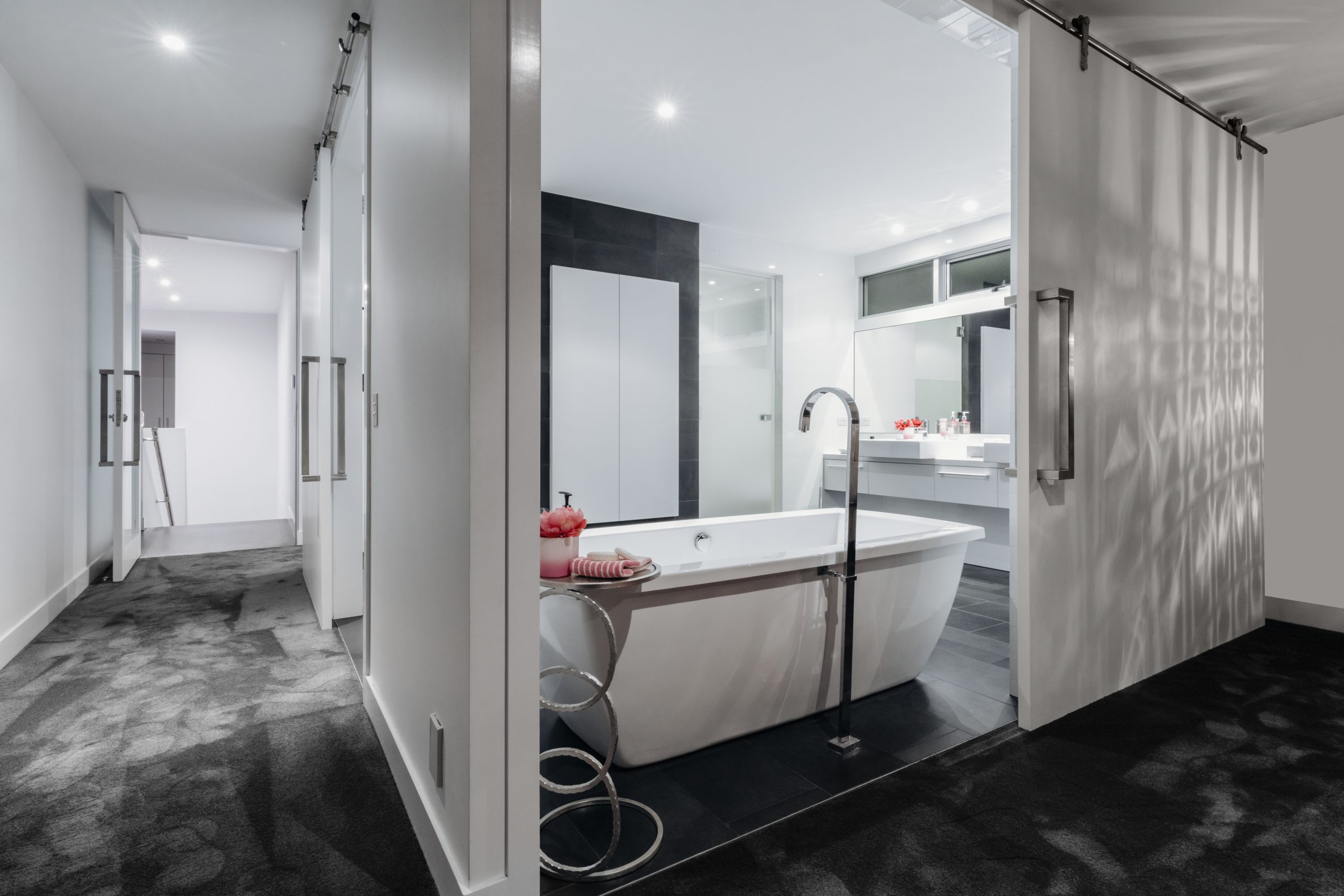
As anyone who’s completed a bathroom renovation will tell you, the most significant influence on design is the humble bathtub.
Because of its size, its placement will dictate where other elements, such as the vanity, shower and toilet, can be installed.
If you’re dealing with a tight space, you should consider combining a bath and shower. But if you’re living in a family-sized apartment and home, you must have a bath. The reason? When it’s time to sell, you’ll exclude many young families as potential buyers if there’s no bath for the kids.
There’s a lot to think about when buying a bath. They come in a variety of shapes and sizes and materials which means you should consider them carefully. This is especially important because the design you ultimately select may require the relocation of water pipes, and require the cost of extra plumbing in your budget. Or even worse, your hot water service might not be able to supply enough water to fill it – meaning you also need to replace the heater.
If you’re renovating your bathroom ahead of a sale, let us know as we’d be happy to offer you an appraisal and discuss local pricing trends and buyer preferences.
Here’s a quick overview on bath lingo.
- Recessed – Also known as “alcove baths”, these models are installed against three walls. Usually, you’ll find them against the back and side walls, as this location provides the greatest design flexibility in average-sized bathrooms.
- Freestanding – Popular choices include baths with claw feet. Older style freestanding baths are made of enamelled steel or cast iron. Before you fall in love with one, you should be aware that they’re very heavy. If you’re installing it upstairs, you may require engineering advice to ensure structural integrity. Newer versions are made of lighter weight material and sit flush to the floor.
- Whirlpools and spas – These are extravagant, fun options. Different jet designs will dictate whether the model is more a whirlpool or a spa.
- Soaker – With luxury and relaxation in mind, soakers are extra-large models in which you can totally immerse yourself. Again, if the installation is upstairs, you may need to get advice about the structural impact of its weight when it’s full of water.
- Corner – As the name suggests, this model is placed into a corner of the bathroom. It’s perfect in a large space that offers lots of design options.
- Undermount – These baths are spectacular but need space and budget. They’re freestanding and can be placed in the middle of the bathroom. Tiles usually encase them on all four sides with storage shelves added.
- Platform – This is a freestanding bath that sits proud on a platform that is perhaps a one-step-height above the rest of the bathroom floor. They can look amazing.
- Drop-in – The opposite of a platform bath, drop-ins are sunken into the floor or platform to minimise the visual impact.
